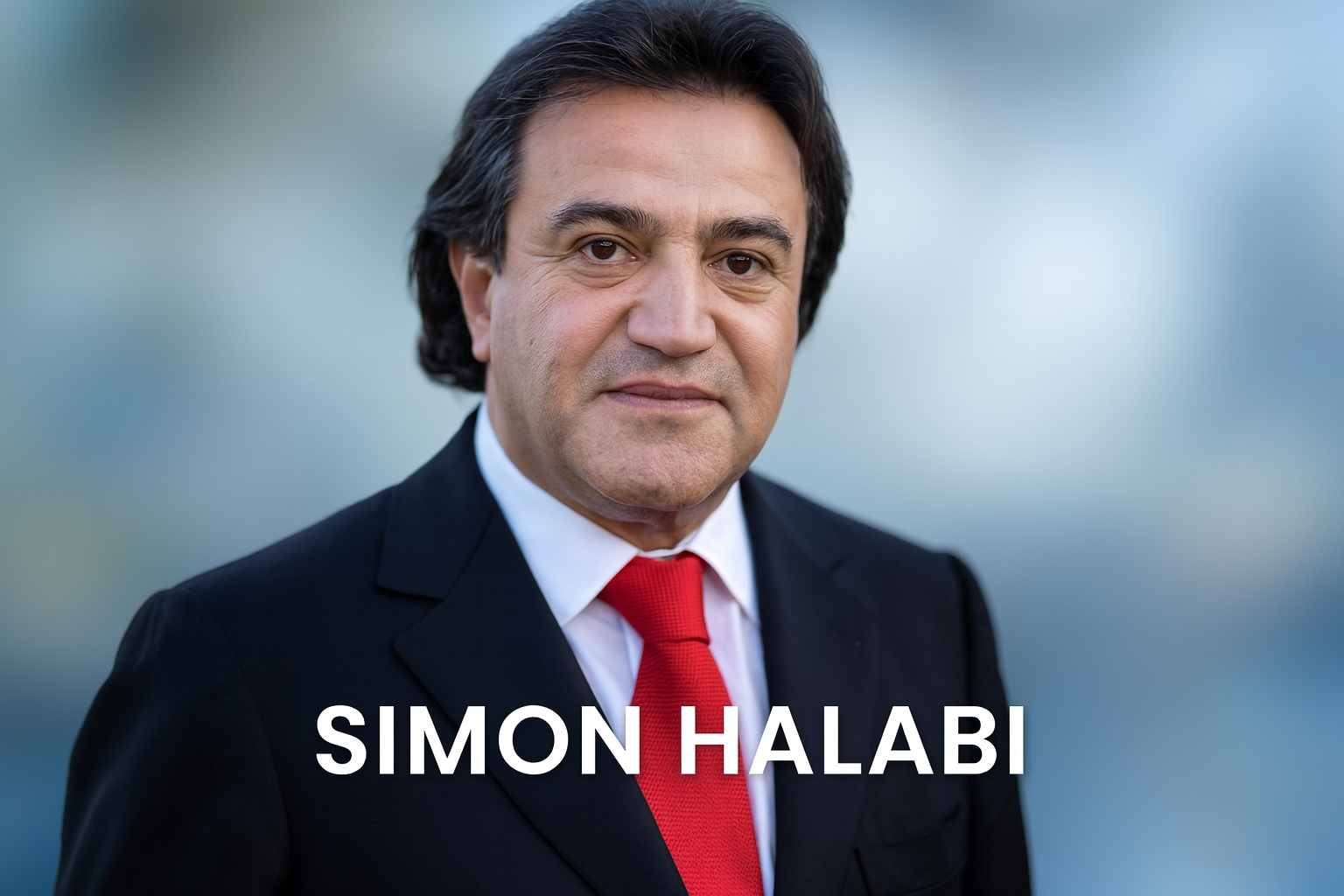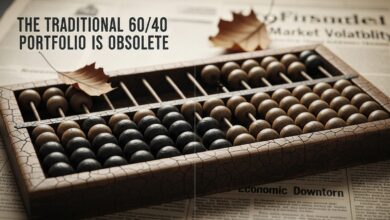Simon Halabi: The Rise, Fall, and Legal Battles of a Controversial Businessman
From Billionaire Heights to Courtroom Drama – The Story of a Property Mogul Who Won Big and Lost Bigger

Introduction
Simon Halabi’s name once echoed across the UK’s luxury property market as a symbol of bold investments and billionaire success. Born in Syria and later becoming a British national, he climbed to the top ranks of the global rich lists, controlling some of London’s most iconic buildings. Yet his journey was far from smooth. Financial collapse, high-profile legal disputes, and personal controversies reshaped his public image over the years.
This article explores the complete biography of Simon Halabi – his early life, career rise, major business ventures, legal troubles, and lasting legacy. It’s the complex story of a businessman who experienced both the heights of wealth and the depths of public scrutiny.
Quick Bio
| Aspect | Details |
|---|---|
| Full Name | Bassam Simon Halabi |
| Date of Birth | August 1958 |
| Age | 67 years (as of 2025) |
| Birthplace | Syria |
| Nationality | Syrian-born British |
| Ethnicity | Syrian Arab |
| Spouse | Urte Halabi |
| Children | Samuel (deceased), Jacob |
| Peak Net Worth | ~$4.3 billion (2007) |
| 2025 Estimated Net Worth | ~$50 million |
| Profession | Businessman, Property Developer |
| Known For | Owning major London landmarks, trust law victory |
Early Life and Family Background
Simon Halabi was born in Syria in August 1958 to a successful businessman father. This family connection provided him with the resources and guidance needed to enter the high-stakes world of property development. Raised in a culture where business acumen was highly valued, he developed a keen interest in investment from an early age.
Eventually, he moved to the United Kingdom, where he would lay the foundation of his real estate empire. His family life was both joyous and tragic—married to Urte Halabi, the couple had two sons, Samuel and Jacob. The family suffered a heartbreaking loss in 2003 when Samuel died in a pool accident in France.
The Start of His Career
Halabi began his career by channeling his family’s capital into speculative property investments in the UK. This was a time of rapid economic growth, and his bold moves quickly set him apart from other developers. His ability to identify undervalued properties and transform them into prime assets became his trademark.
Within a short period, he expanded his holdings, acquiring commercial properties that attracted top-tier corporate tenants. This strategic approach allowed him to generate substantial rental income and build a reputation as a shrewd businessman.
Major Business Ventures and Companies
At the peak of his career, Halabi’s portfolio was nothing short of extraordinary. He owned a one-third stake in The Shard, one of London’s most recognizable skyscrapers. He also controlled landmark buildings such as JP Morgan’s headquarters, Aviva Tower, and Old Mutual’s headquarters.
His ventures extended beyond the UK. Halabi owned Château Cantenac-Brown, a Bordeaux wine estate, and invested heavily in hospitality projects, including the ambitious plan to turn Mentmore Towers into a luxury hotel. His business strategy combined high-profile acquisitions with the development of luxury assets that promised both prestige and profitability.
The Height of Wealth and Recognition
By 2007, Simon Halabi had reached the pinnacle of financial success. He ranked 14th on the Sunday Times Rich List with an estimated fortune of £3 billion and appeared on Forbes’ list of the world’s billionaires with a valuation of $4.3 billion.
He became known not just as a businessman, but as a figure of influence in property circles. His holdings symbolized the power and prestige of owning London’s most valuable real estate. The media frequently highlighted his bold acquisitions and lavish lifestyle, including luxury cars and a 130-foot yacht.
The Downfall and Financial Collapse
However, the 2007–2008 financial crisis marked a turning point. His gym chain, Esporta, collapsed, triggering significant losses and straining his relationship with major lenders like Société Générale. By 2008, he was forced to sell his stake in The Shard for £30 million, a fraction of its earlier valuation.
In 2009, Halabi’s companies defaulted on $1.9 billion in bonds, leading to the liquidation of key assets. By April 2010, the High Court in London declared him bankrupt. Iconic properties like Aviva Tower and Cambridge House were sold off, and his dream of converting Mentmore Towers was abandoned.
Legal Issues and Public Controversies
Halabi’s personal life was not without scandal. In 1998, he was convicted in France of a serious criminal offense, receiving a suspended sentence. Years later, UK authorities linked him to the conviction, adding to his public notoriety.
In 2015, he faced charges of racially aggravated assault, but was acquitted in 2016. Most recently, in 2024, he was cleared of charges related to failing to disclose foreign travel and bank accounts, as required for those on certain legal registers. These legal battles have significantly shaped how the public perceives him today.
Recent Achievements and Latest News
Despite his fall from billionaire status, Halabi achieved a major legal victory in October 2022 when he won a trust law case involving his family’s Ironzar Trust. This landmark decision, made by the Privy Council, set an important precedent in Jersey trust law.
As of 2025, his net worth is estimated at around $50 million. While far from his peak wealth, this figure still reflects substantial assets and financial resilience after years of setbacks.
Legacy and Public Image
Simon Halabi’s legacy is one of both admiration and caution. Admirers cite his ability to build a multi-billion-dollar property empire from a strong business vision. Critics point to his overleveraged investments and the personal controversies that tarnished his image.
In the real estate world, his name remains associated with bold moves and high-risk ventures. His 2022 trust law victory also ensures he will be remembered in legal circles for influencing precedent-setting decisions.
Conclusion
Simon Halabi’s life is a story of extreme contrasts—spectacular wealth, devastating financial collapse, courtroom drama, and eventual legal vindication. As a businessman, he showcased both the rewards and risks of high-stakes property investment. His journey offers valuable lessons about ambition, risk management, and the lasting impact of reputation.
FAQ
Q1: Who is Simon Halabi?
A Syrian-born British businessman and former billionaire property developer.
Q2: What is Simon Halabi’s current net worth?
As of 2025, his estimated net worth is around $50 million.
Q3: What were his major assets?
His holdings included The Shard, JP Morgan HQ, Aviva Tower, and Château Cantenac-Brown.
Q4: Why did he go bankrupt?
Overleveraged investments and the 2007–2008 financial crisis led to asset sales and a 2010 bankruptcy.
Q5: What is his most recent achievement?
Winning a landmark trust law case in 2022 before the Privy Council.



